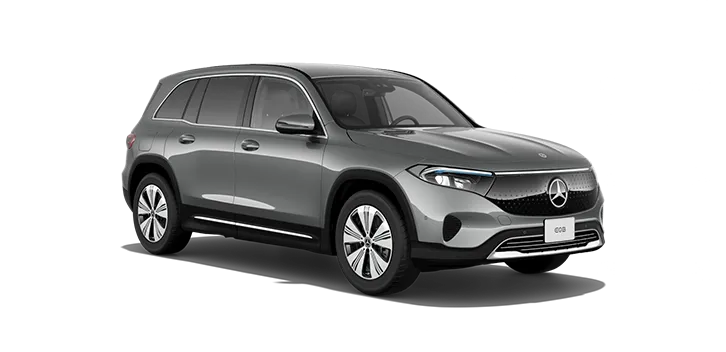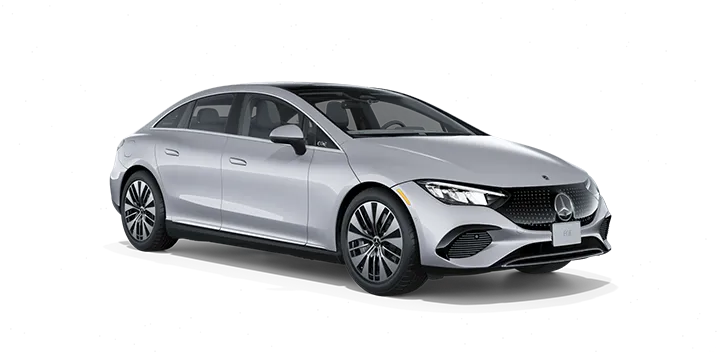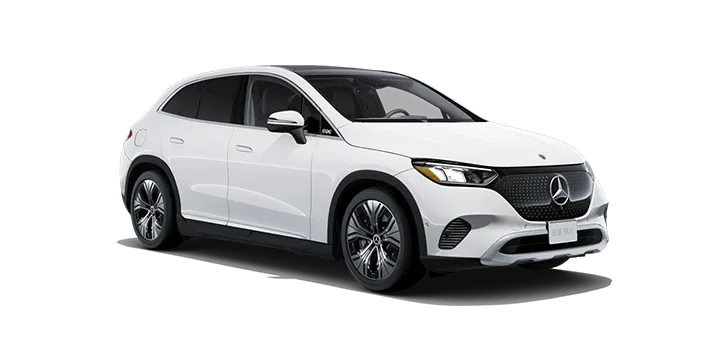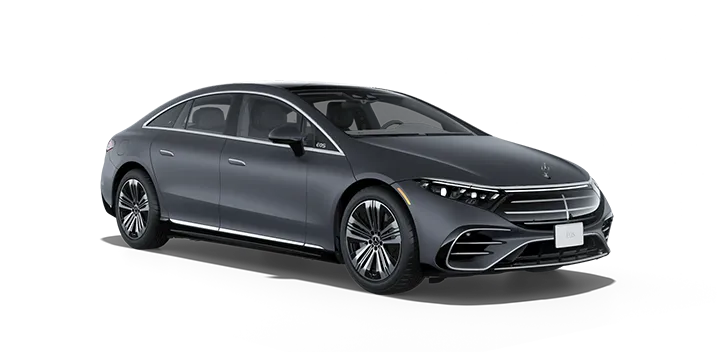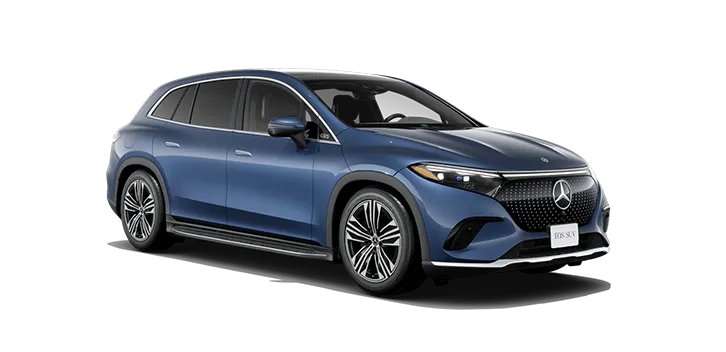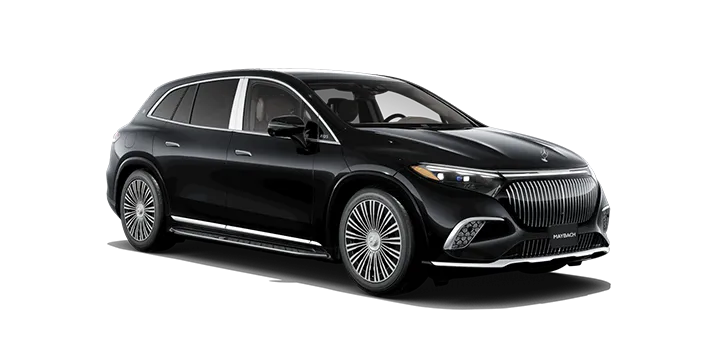Shopping Tools
Future Vehicles
- The new 2026 Mercedes-Benz CLA Sedan with EQ Technology
- The new 2026 Mercedes-Maybach SL
- The new 2025 Mercedes-Benz EQS Sedan

A modern expression of intelligent power.
ExploreThe new 2026 Mercedes-Benz CLA Sedan with EQ Technology
The ultimate open-air experience.
ExploreThe new 2026 Mercedes-Maybach SL
A beacon of ambition. A triumph of luxury.
ExploreThe new 2025 Mercedes-Benz EQS Sedan
